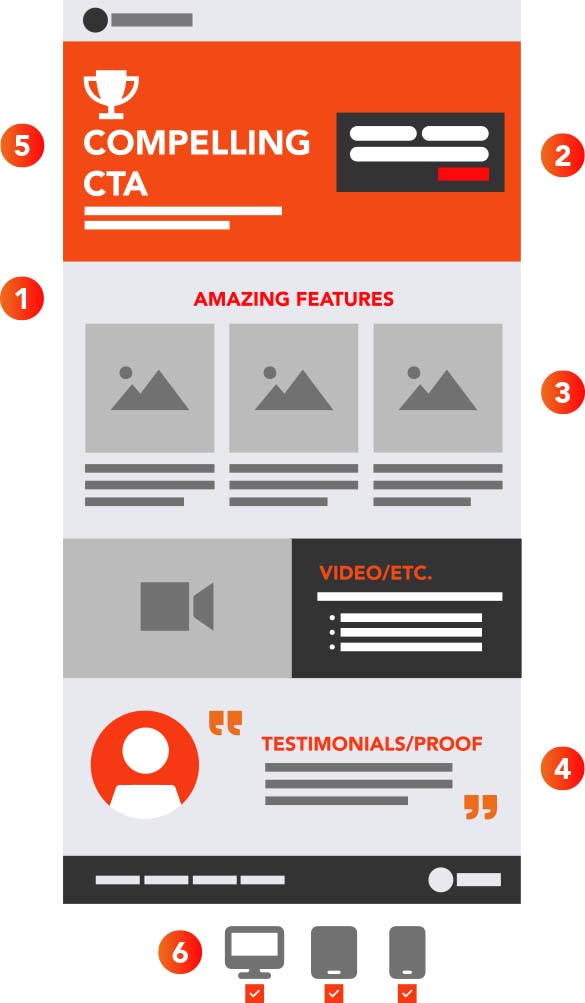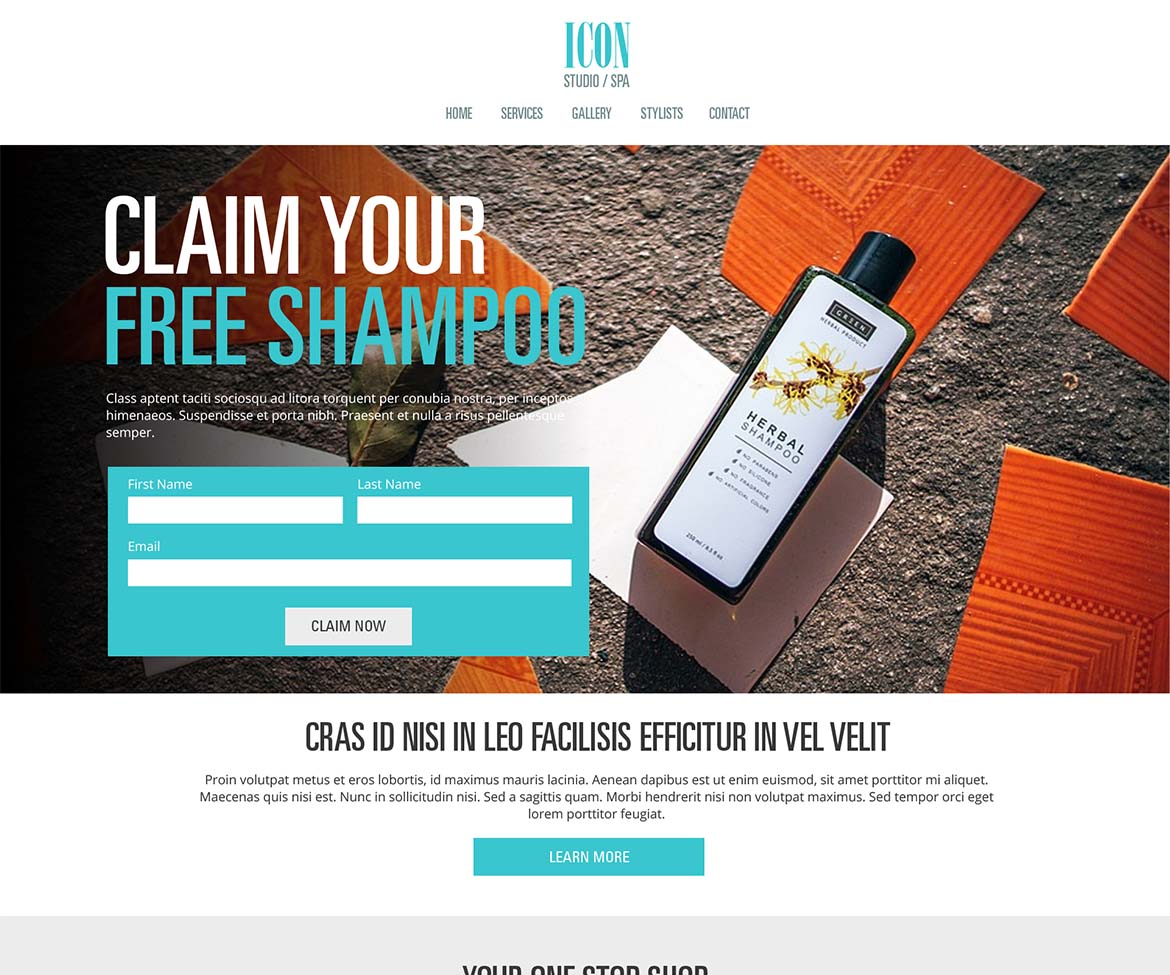In the fast-paced world of digital marketing, understanding the nuances of lead generation is crucial for success. A lead represents a potential customer or client interested in your product or service. Identifying and nurturing these leads can significantly impact your business’s growth and revenue.
Read on as we explain:
- What are leads
- The different types of leads
- How to generate leads
We provide examples and best practices to optimize your lead-generation efforts with a well-designed landing page.
What is a Lead?
A lead is an individual or organization that has expressed interest in what you are selling. A lead demonstrates their interest in various ways, such as filling out a form on your website, subscribing to a newsletter, or engaging with your content on social media.
The critical aspect distinguishing a lead from a casual visitor is their willingness to provide contact information or show a clear interest in your offerings.
Types of Leads
Understanding the different types of leads is essential for effectively tailoring your marketing and sales strategies.
Marketing Qualified Leads (MQLs)
Marketing qualified leads have engaged with your marketing efforts but are not yet ready to make a purchase. They may have downloaded a white paper, signed up for a webinar, or engaged with your social media content.
Sales Qualified Leads (SQLs)
Sales qualified lead refers to individuals who have shown a clear intent to buy your product or service. This encompasses those who have placed items in their shopping cart but did not complete the purchase, as well as individuals directed to your offering through referrals from existing customers. These leads are within the interest and consideration stages of the marketing funnel.
Service Qualified Leads
A service qualified lead is a potential customer who has directly indicated to a sales representative that they are interested in making a purchase. This could be customers who directly contact your company through phone, email, social media, or by speaking to a sales rep in your brick-and-mortar store. Service qualified leads fall into the action category of the marketing funnel.
Optimize Your Landing Pages to Capture Leads
One of the best ways to generate leads is by creating a custom landing page on your website. This page is designed to capture lead information. This page typically focuses on a single offering, such as a product, service, or event.
A landing page optimized for lead generation often includes a form for visitors to fill out in exchange for something valuable. This can be an e-book, a discount code, or access to exclusive content. The primary goal of this kind of landing page is to convert visitors into leads by collecting their contact information.
Best Practices for Landing Page Lead Generation
To maximize the effectiveness of your landing page and boost lead generation, consider the following best practices:
- Clear and Concise Headlines: Your landing page should have a clear and compelling headline that communicates the value of your offer.
- Simplifying Forms: Keep your forms short and straightforward. The fewer fields you have, the more likely visitors are to fill them out.
- Use of Visuals: Incorporate relevant and high-quality images or videos that align with your message and encourage visitors to take action. If you are running advertising, the landing page should feature visuals similar to those of your ad campaigns.
- Testimonials and Social Proof: Including customer testimonials or logos of well-known clients can increase trust and credibility.
- Strong Call-to-Action (CTA): Your CTA should be bold and direct, telling visitors exactly what you want them to do. There should only be one primary call to action on the page, the main thing the page is designed to do in order to capture the lead. For example, signing up for a special offer, taking advantage of a coupon code, or filling out a contact form.
- Mobile Optimization: Ensure your landing page is optimized for mobile devices to cater to users accessing your site from various devices.

Example of Effective Landing Page Leads
Consider a landing page designed for a salon offering a free product in exchange for signing-up for their newsletter. The headline “Claim Your Free Shampoo” is accompanied by a simple form, using only an email address and a CTA. The page includes a list of key services, customer testimonials, and a FAQ section to address common questions.

Landing Pages Optimized for Your Business
You can significantly improve your lead generation efforts by understanding the different types of leads and implementing best practices in your landing page design. Remember, the goal is to make it as easy as possible for potential customers to see the value of your offer and take the next step in becoming a lead.
Contact us and let us help you plan your next digital marketing campaign, utilizing landing pages optimized to convert.
